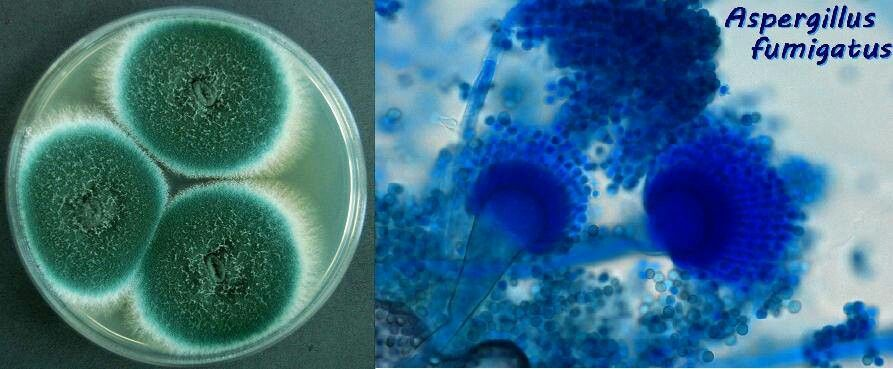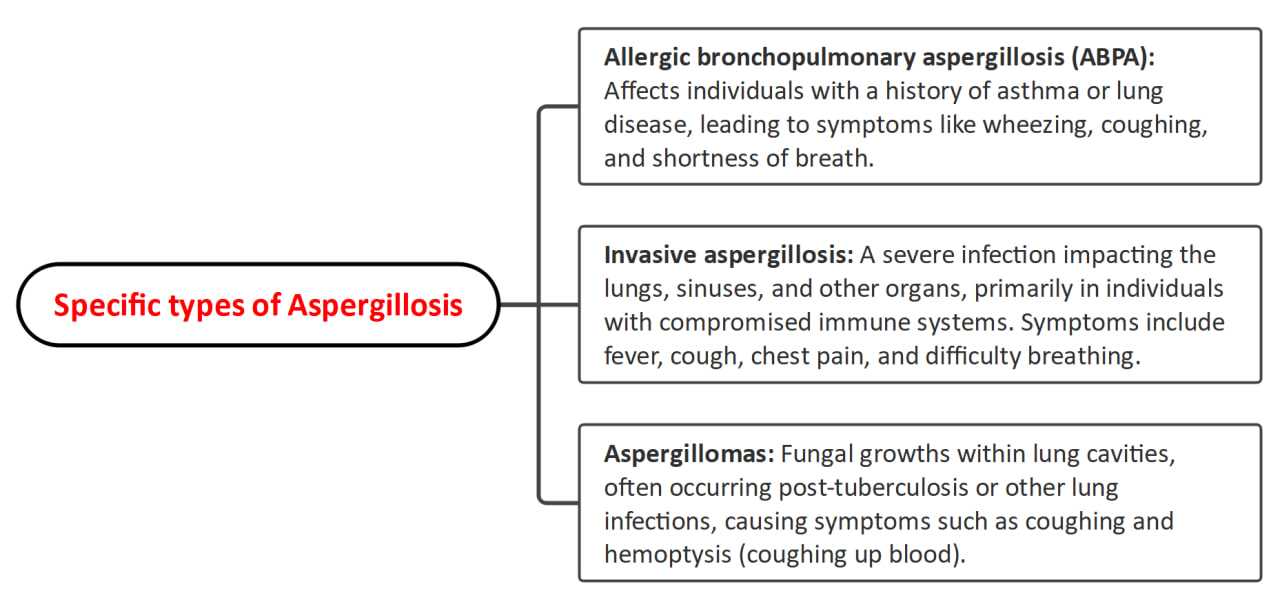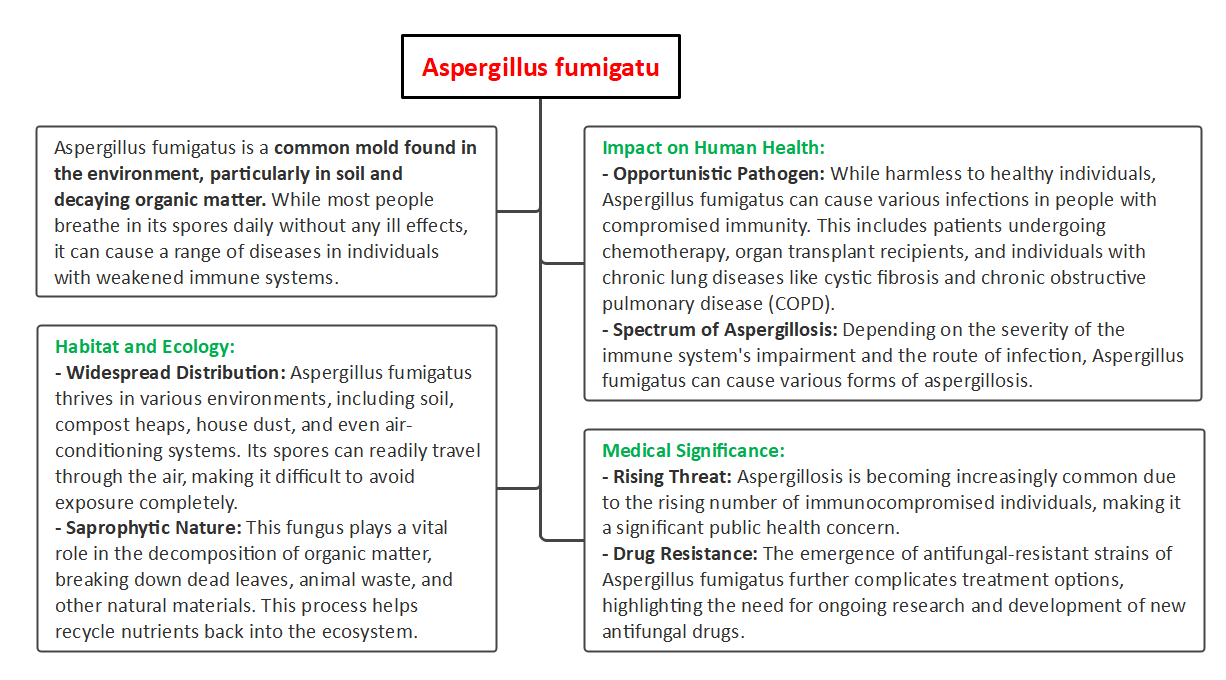Free Courses Sale ends Soon, Get It Now


Free Courses Sale ends Soon, Get It Now



Copyright infringement not intended
Picture Courtesy: www.pinterest.com
Context: The research team, led by Professor Gustavo Goldman and Dr. Özgür Bayram, uncovered groundbreaking insights into Aspergillus fumigatus, a fungus causing severe human diseases collectively known as Aspergillosis.
Key Highlights
Aspergillus fumigatus and Aspergillosis
Gliotoxin Production
Research Findings
Implications and Therapeutic Potential
Aspergillus fumigatus
Appearance
Diseases caused

Risk factors
Diagnosis and treatment
Prevention

Conclusion
|
PRACTICE QUESTION Q. What type of pathogen is Aspergillus fumigatus? A) Bacterial B) Viral C) Fungal D) Protozoan Answer: C Explanation: Aspergillus fumigatus is a fungus commonly found in soil and organic matter, known for causing various diseases in humans with weakened immune systems. |
© 2024 iasgyan. All right reserved